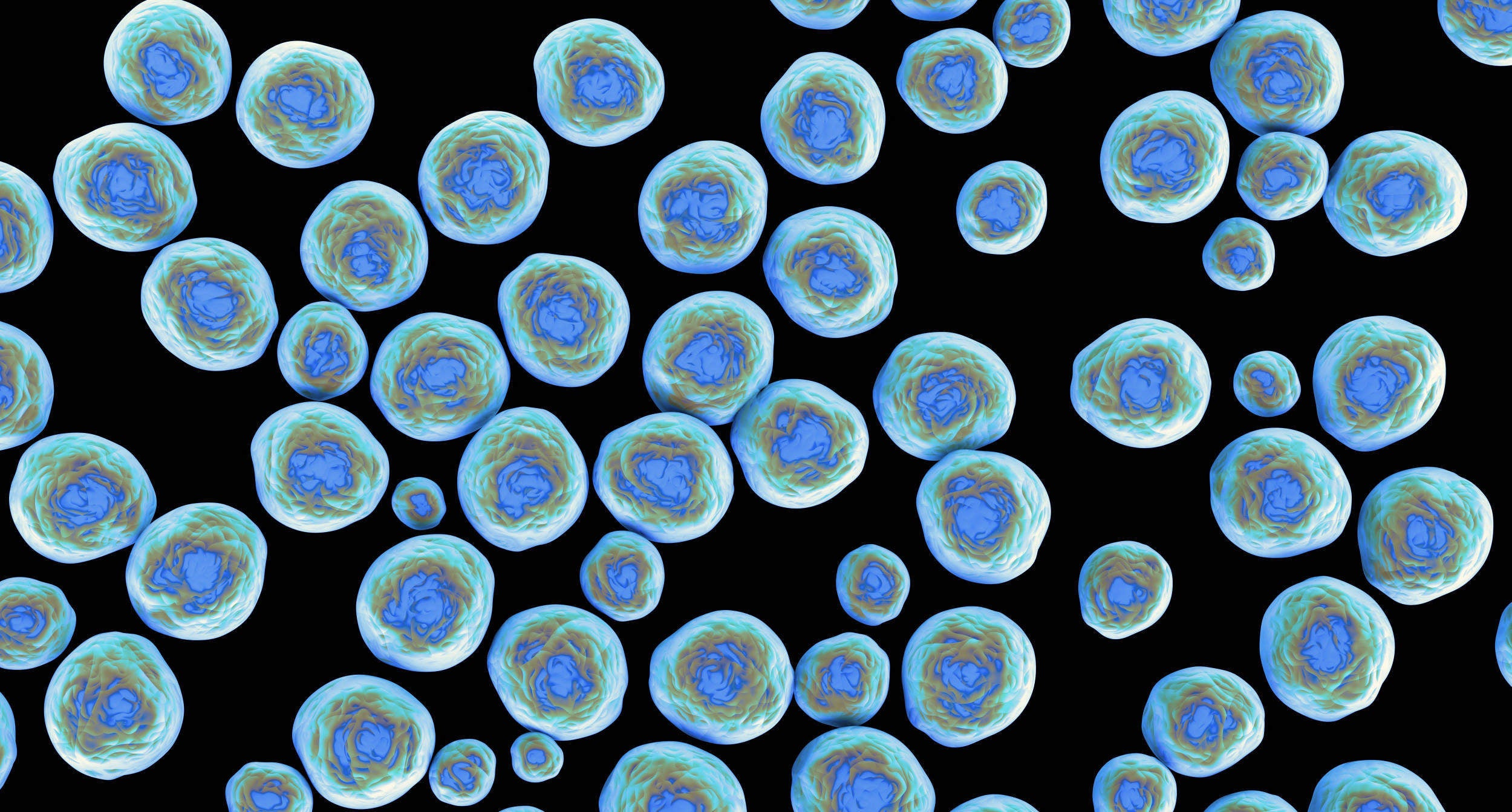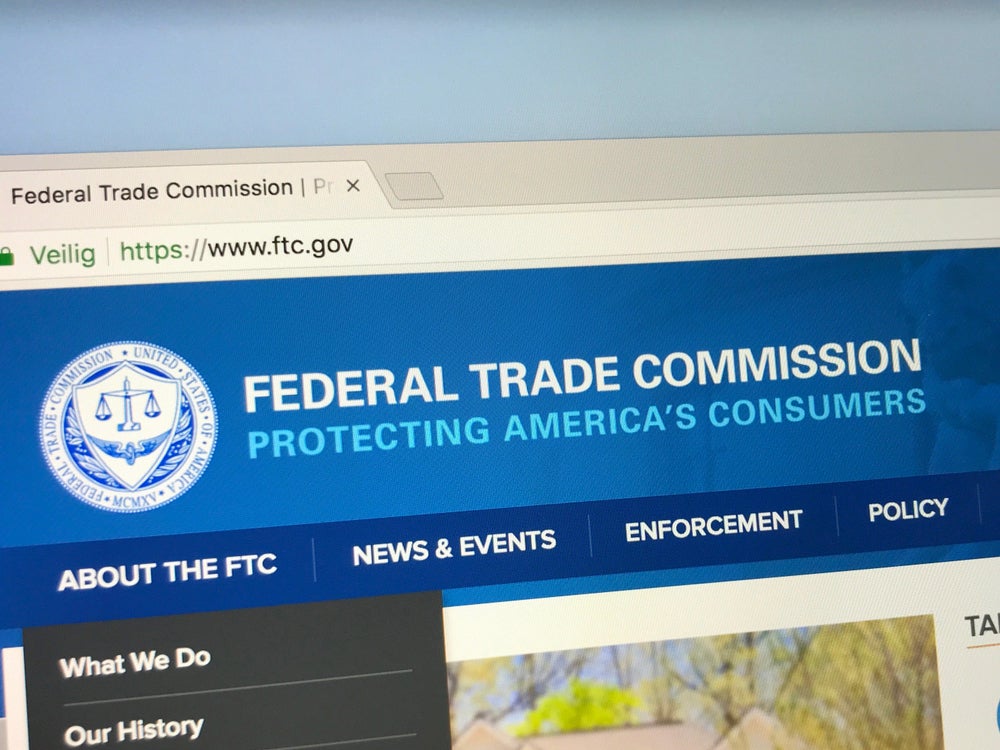Drug-resistant so-called superbugs kill at least 700,000 worldwide each year and deaths are expected to rise to 10m per year by 2050, according to economist Jim O’Neill.
Excessive antibiotic means bacteria are increasingly developing antibiotic resistance, making antibiotics useless.
One of the big reasons for this: Farmers are giving livestock low-dosage antibiotics to promote weight gain.
In response, the US Food and Drug Administration (FDA) brought in guidelines earlier this month, limiting the use of antibiotics in livestock to increase animal size.
As much as 80 percent of antibiotics prescribed in the US are being given to animals and an estimated 20 percent of drug-resistant infections are caused by bacteria from animals or food.
The human angle
However, the steps taken by the FDA are unlikely to go far enough.
How well do you really know your competitors?
Access the most comprehensive Company Profiles on the market, powered by GlobalData. Save hours of research. Gain competitive edge.

Thank you!
Your download email will arrive shortly
Not ready to buy yet? Download a free sample
We are confident about the unique quality of our Company Profiles. However, we want you to make the most beneficial decision for your business, so we offer a free sample that you can download by submitting the below form
By GlobalDataIn humans, antibiotics are commonly prescribed for viral infections (which have no effect), and courses are also often terminated early (when the patient’s symptoms subside), increasing the chances of bacteria surviving and developing resistance.
This issue is heightened by the fact that antibiotic-resistant bacteria spread most readily between people — particularly in hospitals, which are the most common source of superbug infections like MRSA.
The FDA has made previous efforts to raise awareness of these issues, but they remain a challenge.
Only addressing part of the problem
The new FDA guidelines will help to reduce rates of antibiotic resistance but they do not restrict the use of antibiotics for livestock disease prevention.
Veterinarians commonly prescribe antibiotics to entire farms of up to 5,000 animals to prevent disease, even if just a few or even no animals are sick.
This leads to massive antibiotic overuse, which the new guidelines do not address.
Pharma may provide the solution
If drug-use guidelines are unlikely to provide an effective solution to excessive antibiotic use, it may fall to pharma to deliver an alternative approach.
Several newly developed drugs are effective in treating drug-resistant bacterial infections, and some of these are also suggested to offer natural protection against bacterial resistance.
It may well be that the way antibiotics are used, both in people and animals, is too difficult to change.
If this is the case then innovative new drugs will be essential to combat the increasing threat of superbugs.






